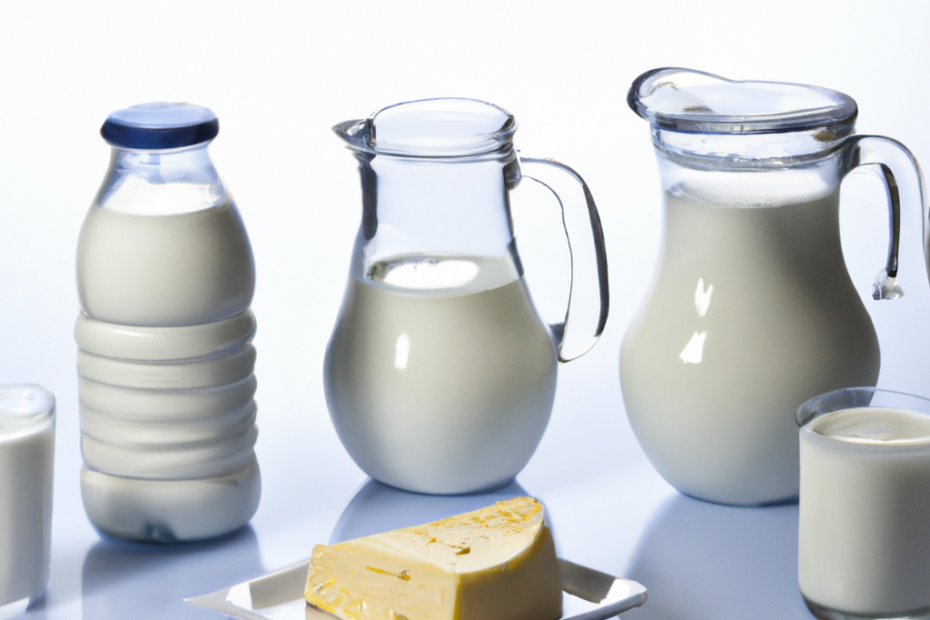The preservation of dairy products is important to ensure that these products remain safe for human consumption and their shelf life is extended. Some common dairy preservation measures include:
- Refrigeration: Keeping dairy products at an adequate temperature, generally between 2 and 4 degrees Celsius, is essential to prevent the proliferation of microorganisms and prolong their shelf life.
- Pasteurization: Pasteurization is a thermal process that kills microorganisms present in dairy products and helps extend their shelf life.
- UHT (Ultra-high Temperature): is a pasteurization process that consists of heating the dairy product at high temperatures for a short period of time. The UHT process kills all microorganisms present, including pathogenic bacteria, and allows a longer shelf life of the product without the need for refrigeration.
- Packaging: Dairy products must be packaged in hermetic and sterile containers to avoid contamination by microorganisms from the environment.
- Additives: Additives such as preservatives, stabilizers, and antioxidants are used to extend the shelf life of dairy products.
- Conservation in a controlled environment: dairy products can be stored in controlled environments, such as cold rooms, to prevent the proliferation of microorganisms and prolong the useful life of the products.
It is important to follow sanitary regulations and manufacturer's recommendations to ensure food safety and quality of dairy products.
